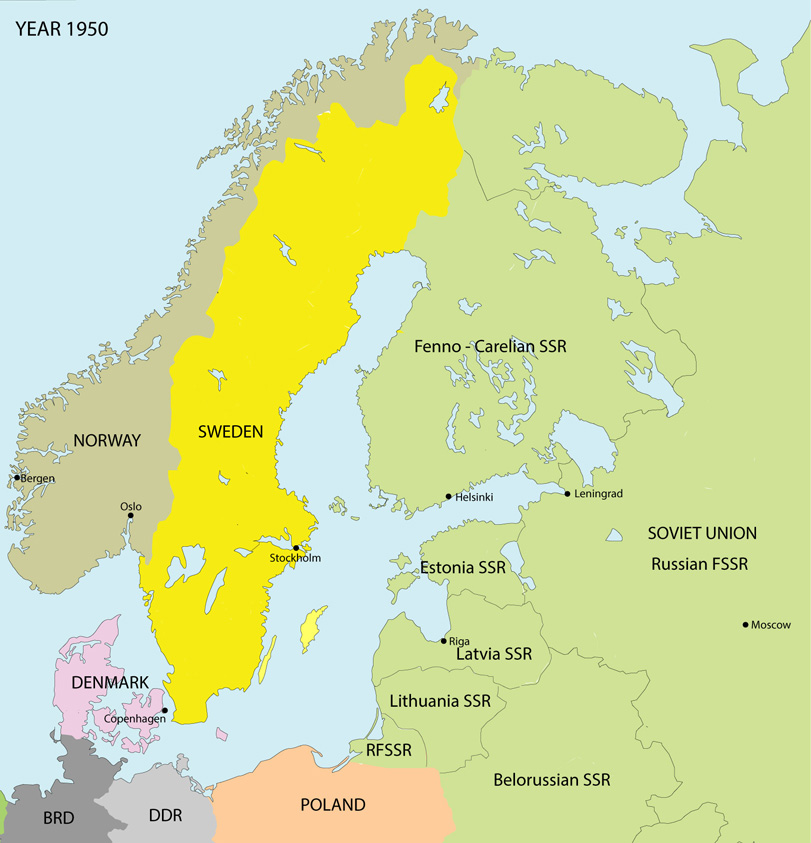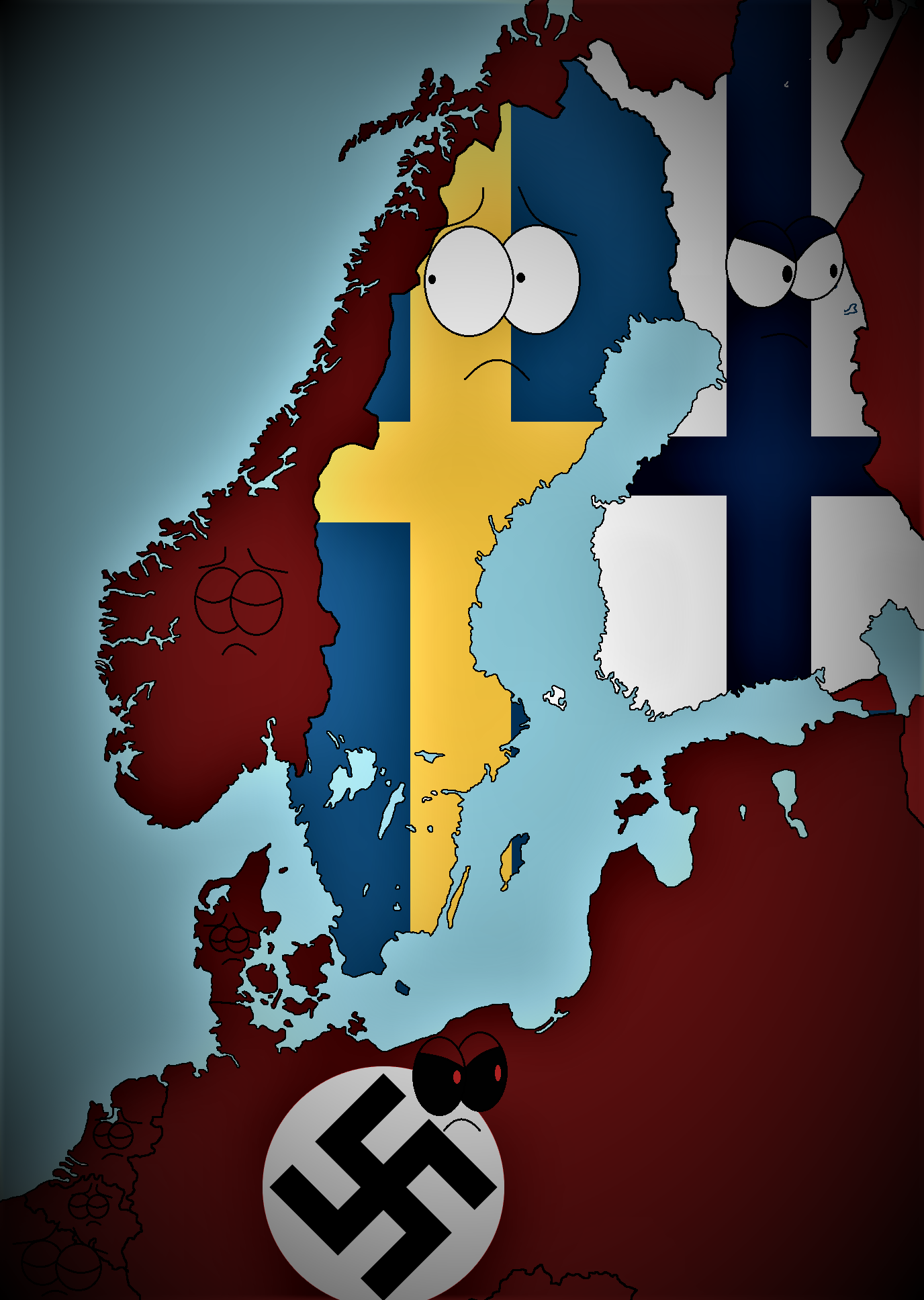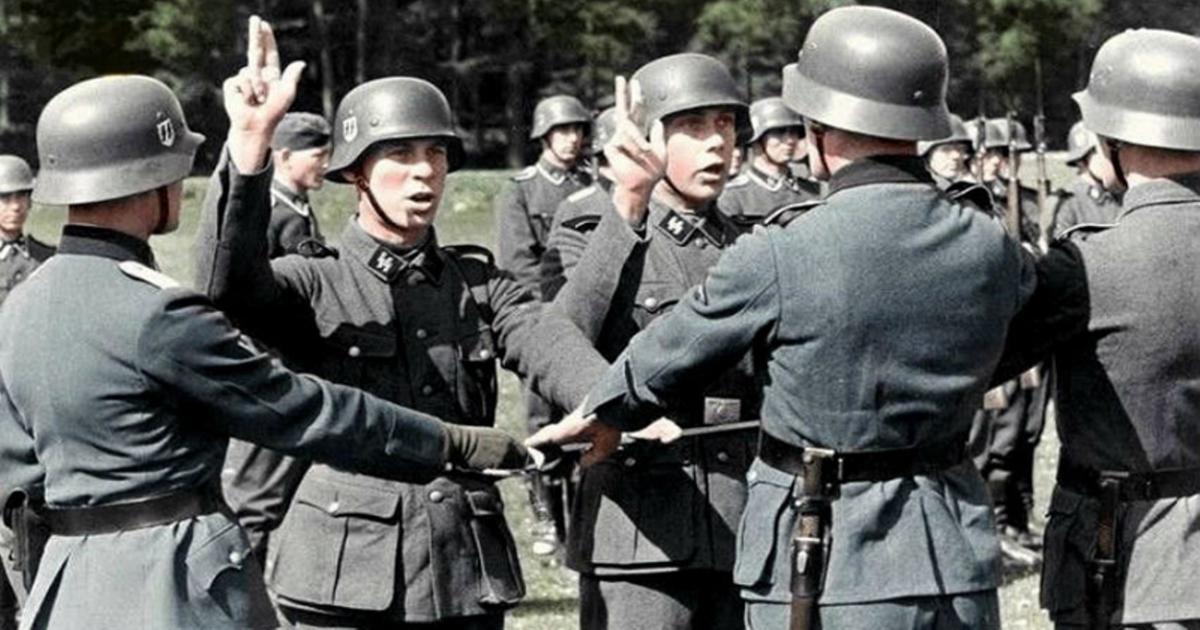
Pin by Перетятько Сергей on №1...Шведская армия'Северная война 17001721 War flag, Swedish
Sweden was neutral during the Great War and like all neutral countries in World War 1 it was affected by the global conflict. Balancing neutrality between th.

What Did Sweden Do in World War 2? Scandinavia's Neutral Power 19391945 YouTube
6 321.3 German Assets 1956-1958. State Department and Foreign Affairs Records Records of the Foreign Service Posts of the Department of State (RG 84) Sweden Sweden declared its neutrality in September 1939. However, after the German occupation of Norway and Denmark in April 1940, Sweden was less well placed to resist German pressure to relax.

Pin on Zeppelin
Citation Migration to and from Sweden before and after 1914 ↑ Migration to Sweden is not a new phenomenon. Already in the middle ages, German merchants and artisans enjoyed political and economic influence in Sweden. Many languages were heard in the streets of the capital of Stockholm, not only German and Swedish but also Finnish and Latin.

A Swedish soldier firing the then, newly issued AK5 (FN FNC) on full auto Swedish army, Cold
Swedish Navy WW1 The Swedish Navy had been always the heavyweight Scandinavian force, which at one point shaped the future Russian Navy. Although neutral in WW1, Sweden could align a very potent force of coastal battleships cruisers and torpedo-boats. Skip to content Menu ☸ Industrial Era Austrian Navy 1855 French Navy 1855 Union Navy 1861-65

Sweden total Lost at Great Northern War
Source: The Marshall Cavendish Illustrated Encyclopedia of World War 1 (New York: Marshall Cavendish Corporation, 1984): 177. Appendix C. Figure 3. Site of Royal Navy 'distant blockade' plan established 1914-1919. Source: Virneth Studios Ltd "The Battle of Jutland 31st May 1916 - Background." Accessed September 30, 2013.

Swedish troops during the Great Northern War War art, Modern war, Swedish army
Latin American governments seesawed between neutrality and entry into the war, and Brazil was the only independent South American country to declare war in WWI; it joined the Entente countries—Great Britain, France, and Russia—against Germany and Austria-Hungary in 1917. Other South American nations severed their relations with Germany but did not declare war: Bolivia, Ecuador, Peru, and.

Pin on Military Uniforms
Sweden during World War I Sweden, following its long-standing policy of neutrality since the Napoleonic Wars, remained neutral throughout World War I between 28 July 1914 and 11 November 1918. [1] However, this neutrality was not maintained without difficulty and Sweden at various times sympathised with different parties in the conflict. [2]

Pin on WW II
1 Introduction 2 Social Movements and Democratization 2.1 Gender (Dis)order and Women's Enfranchisement 2.2 Popular Mobilization: The Hunger Riots 3 Everyday Wartime Experiences 3.1 Food Shortages and Lowered Living Standard 3.2 The Spanish Flu 4 Post-war Landscapes: The Polarized Welfare State 5 Conclusion Notes Selected Bibliography Citation

Swedish army, History war, Swedish armed forces
Non-belligerent. That Sweden's neutrality wasn't absolute became apparent soon after the outbreak of World War Two when the Soviet Union invaded Finland - a country that shared a long history with Sweden. The official government policy was changed from 'neutral' to 'non-belligerent', so as to be able to supply Finland with food and medical.

Image Coat of Arms of the Empire of Sweden by eric4e (IM=18951905).png Alternative History
This article investigates the economic effects for one such neutral country, Sweden. Section 2 will discuss overall economic development by looking at GDP, foreign trade, and the post-war crisis in 1921-1922. Fiscal policy will be dealt with in section 3, while section 4 looks at monetary policy, price changes, food shortages, and the black market.

Ceremonial armour worn by Charles XI of Sweden during his accession joust in 1672 r/costumeporn
The U.S and Neutrality in World War 1. Conclusion. Denmark, Monaco, and Sweden were all completely neutral European nations. Argentina, Bolivia, Chile, Colombia, El Salvador, Mexico, and Paraguay were completely neutral throughout Central and South America. Ethiopia was the only African country that refused to take sides.

Pin on Seven Years War Swedish Uniforms (17551764)
Swedish neutrality refers to Sweden 's former policy of neutrality in armed conflicts, which was in effect from the early 19th century to 2009, when Sweden entered into various mutual defence treaties with the European Union (EU), and other Nordic countries. [1]

Sweden during World War 1 Balancing Neutrality I THE GREAT WAR Special YouTube
Forces and resources of the combatant nations in 1914. When war broke out, the Allied powers possessed greater overall demographic, industrial, and military resources than the Central Powers and enjoyed easier access to the oceans for trade with neutral countries, particularly with the United States. Table 1 shows the population, steel.

Swedish soldiers from the Gotland Infantry Regiment (I 27) getting their photograph taken by
Sweden, during the Second World War, declared an official policy of 'non-belligerency,' meaning that the nation itself was unattached to either the Allied Powers or the Axis Powers. Since the Napoleonic Wars, Sweden had attempted to maintain this policy of neutrality.

How was Sweden doing In World War II? by StephenFisher on DeviantArt
As Sweden stayed neutral during the First World War, at no single time in the years 1914-1918 did the Swedish army keep more than 13,000 men under arms (conscripts undergoing basic training are not included in this number).

Sweden Was Neutral During Ww Ii but Many Swedes Enlisted in the Waffen Ss….…. HubPages
There are legendary accounts of Swedish kings well into prehistory and they are mentioned by Tacitus in his Germania, but St. Olof Skötkonung (995-1022) was the first ruler documented to have been accepted by both the Swedes around Lake Mälaren and by the Geats around Lake Vättern.